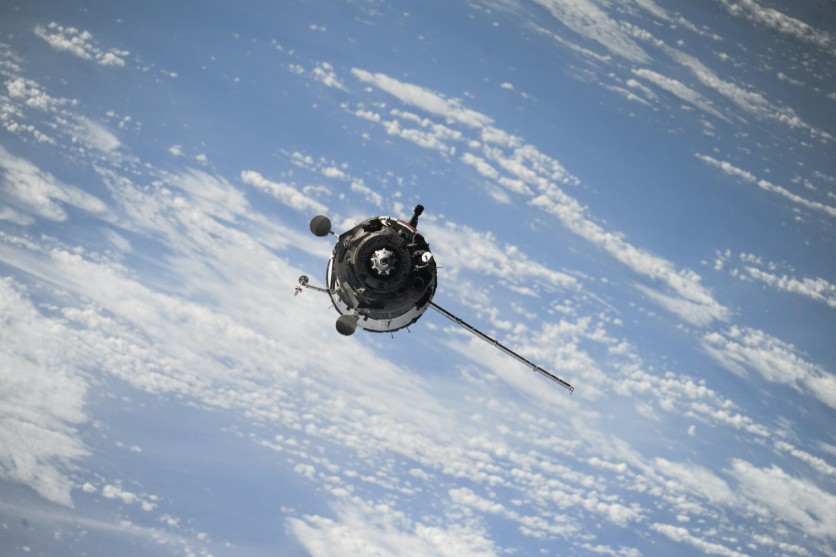
The Indian Space Research Organization or ISRO claimed on Sunday that the satellites aboard its first Small Satellite Launch Vehicle (SSLVD1) are no longer operational following SSLVD1 misplacement in an elliptical orbit rather than a circular one.
The ISRO Satellite
On Sunday, Aug. 7, the Indian Space Research Organisation (ISRO) said that all satellites onboard its first Small Satellite Launch Vehicle, also known as SSLV-D1, will no longer be of use. This is after the SSLV-D1 wrongly placed all satellites in an elliptical orbit, a deviation from its supposed circular orbit.
The three-stage SSLV-D1 is fueled mostly by solid fuel (total of 99.2 tons) and also includes a velocity trimming module (VTM) driven by 0.05 tons of liquid fuel for accurate satellite injection.
According to News18, the space agency stated that a committee will analyze and offer suggestions about today's occurrence, adding that with the adoption of those recommendations, "ISRO will return shortly with SSLV-D2."
Also Read : Starlink Gets FCC Approval for Satellite Internet Use on Moving Vehicles, 'Portability' Coming
What Caused the Deviation?
The space agency stated on Twitter that the problem had been detected. The divergence was triggered by a logic failure to recognize a sensor failure and proceed with a salvage procedure. ISRO Chairman S Somanath's comprehensive statement would be "posted soon," according to the announcement.
(1/2) SSLV-D1/EOS-02 Mission update: SSLV-D1 placed the satellites into 356 km x 76 km elliptical orbit instead of 356 km circular orbit. Satellites are no longer usable. Issue is reasonably identified. Failure of a logic to identify a sensor failure and go for a salvage action
— ISRO (@isro) August 7, 2022
The SSLV launch system hauled The Earth Observation Satellite EOS-02 and the co-passenger student satellites AzaadiSAT on its first SSLV flight. These satellites are meant to expound ISRO's space observatory objects from above. The EOS-02, in particular, is an experimental advanced optical satellite with excellent spatial resolution.
However, following the incident, the SSLV experienced "data loss" in its last stage after operating "as expected" throughout. It had already been taken out from the launch facility on Sunday morning.
Nonetheless, ISRO Chairman S. Somanath announced that despite this event, "The SSLV-D1 mission was accomplished." The rocket's stages all operated as predicted.
Somanath also added that there was only 'some data loss' in the rocket's terminal stage. Other than that, the mission remained focused on its original task---which was to gather data to determine its condition to let ISRO work on SSLV-D2.
Small satellite launches like these will be a major element in the global space industry, with over 7,000 satellites estimated to be in the sky by 2027, as said by VK Saraswat, member of Niti Aayog (National Institution for Transforming India, Government of India) during a space conference.
Besides, the ISRO has performed 114 spacecraft missions so far, including three nano satellites and one microsatellite. Scramjet TD, RLV-TD, and Crew Escape System have all been launched on 84 occasions.
The SSLV-D1 student satellites were not the first of their kind either, with 13 prior successful launches. Needless to say, it is believed that ISRO will recover from these missteps and continue to operate as strong as they have in recent years.
This article is owned by Tech Times
Written by Thea Felicity
ⓒ 2025 TECHTIMES.com All rights reserved. Do not reproduce without permission.




